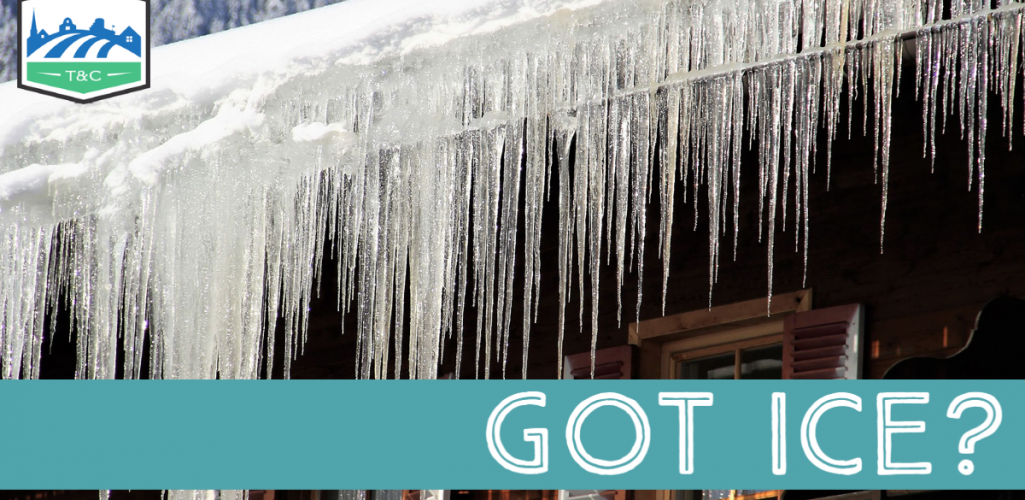Learn what to do and how to prevent them to save energy!
Ice dams, both awe-inspiring and terrifying, show up on many Minnesota homes during the winter, thanks to heavy snowfall and extreme cold.
The Minnesota Department of Commerce offers tips for how to deal with ice dams now and how to prevent them in the future, which can also save you money on your heating bills.
One way to prevent ice dams is by removing snow from your roof. While you can try to do it yourself with a snow rake, it may be best to hire a professional snow remover, especially if it takes getting on the roof or using a ladder. Put safety first.
If you have an ice dam that is already causing water damage to your interior ceilings and walls, hire a professional ice dam removal service that uses steamers.
If there is water damage, but the professionals cannot get there right away there are a couple of temporary fixes that you can do to lessen the damage. This Old House advises that you fill an old sock with rock salt, and throw it up on the roof where the ice dam is. This will help break up the ice dam and create a way for the water to flow off your roof and not in your house. This is just a temporary fix and you should still seek out a professional for a more permanent solution.
A few things you should not do:
- Do not install heating cables. They will shorten the life of your roof and add to your energy costs..
- Do not remove ice with chippers, chemicals or heat. These can damage shingles, gutters and other building components.
- Do not add roof vents, including powered vents. They will not eliminate ice dams and often make the problem worse.
Preventing future ice dams
Ice dams are not caused by roofing, ventilation or gutter problems, as often believed. The real problem is a home that is leaking warm air.
Due to inadequate air sealing, heat from the home’s interior gets into the attic and melts the underside of the snow on the roof. The melted snow water flows down the roof surface until reaching a cold spot, such as the eaves or soffit, where it forms a frozen dam.
Over time, especially with a snow-covered roof in subfreezing temperatures, more ice can build up. Eventually, water starts seeping into the home.
Because the primary cause of ice dams is warm air leaking from the attic, the best prevention is to seal leaks with caulking or expanding spray foam, with attic insulation installed to a minimum of R-50 as space allows.
Energy assessment: Save energy and prevent ice dams
An advanced home energy assessment, or audit, is your first step to preventing ice dams and making your home more energy efficient. The assessment will use equipment such as an infrared camera to find attic air leaks and how to seal them.
A home energy audit can be arranged through your local utility, a nonprofit energy group or an HVAC professional.
Once problem areas are detected, get bids from at least two licensed contractors to have the work done.
For more information on preventing ice dams, sealing air leaks and adding insulation, check out the Commerce Department’s Home Energy Guide (mn.gov/commerce/home-energy).
For tips on how to temporarily halt ice dams, or research ways for more permanent ways to stop ice dams visit This Old House’s article on How to get rid of Ice Dams.
Revised 12/3/2021
* * * * * *
For additional information on Ice Dams, see our earlier blog post: A Tip From MN Department of Commerce: Ice Dams
Be sure to check out our Facebook, Instagram, & Twitter pages!




